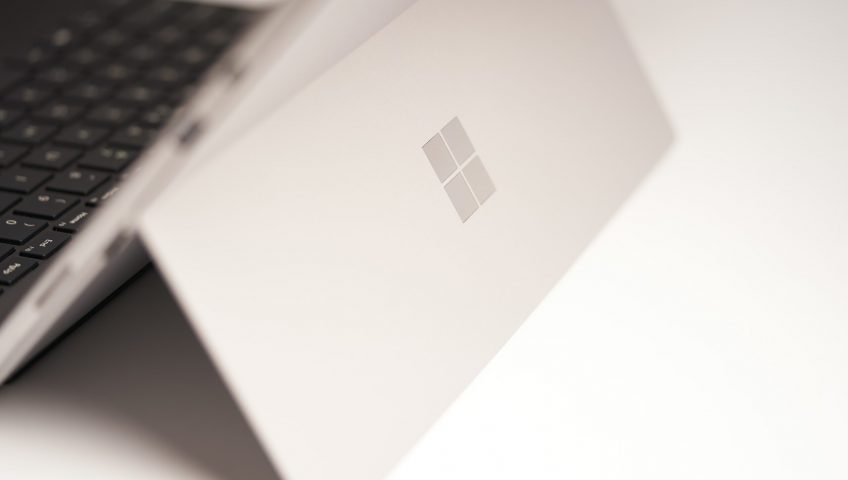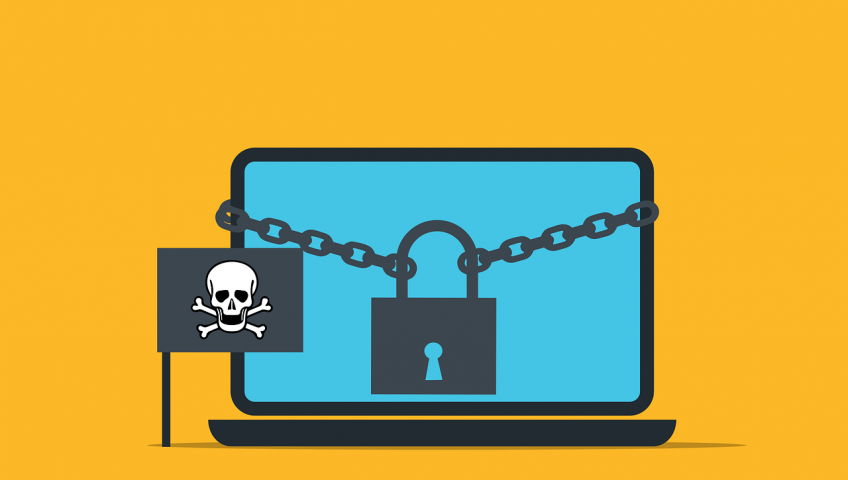The use of AI-driven processes is exploding. Every time you turn around, software has gotten more intelligent. Harnessing the power of AI and machine learning is crucial for staying competitive.
Microsoft is a pioneer in the tech industry and this new AI era. It continues to lead the way with innovative solutions designed to empower businesses. One such innovation is Microsoft Sales Copilot.
This is a tool poised to reshape the future of business. Next, we’ll delve into what Microsoft Sales Copilot is. As well as how it is revolutionizing the world of sales and customer insights.
The Birth of Microsoft Sales Copilot
Microsoft Sales Copilot is the latest addition to the company’s robust portfolio. It was officially introduced in July 2023. It represents a significant leap forward in leveraging AI and machine learning. It’s designed specifically to enhance sales processes and customer engagement.
This groundbreaking tool is built on the foundation of Dynamics 365 Customer Insights. This is Microsoft’s platform for unifying customer data and delivering actionable insights. The tool combines the capabilities of Customer Insights with AI-driven features. Sales Copilot offers sales teams a comprehensive and intelligent solution. Both for customer engagement and relationship management.
What Can Microsoft Sales Copilot Do?
Personalized Customer Insights
Personalized customer insights is one of the core features of Microsoft Sales Copilot. It achieves this by leveraging AI and machine learning to analyze a wide range of data sources. This includes:
- Customer behavior
- Buying history
- Customer interactions
By aggregating and processing this data, Sales Copilot saves salespeople time. It can provide sales professionals with a 360-degree view of their customers. As well as help them understand preferences, needs, and potential pain points.
AI-Driven Recommendations
Sales Copilot doesn’t just stop at providing insights. It goes a step further by offering AI-driven recommendations. These recommendations guide sales teams in their interactions with customers.
For example, the tool can suggest things like:
- The most appropriate communication channels
- Timing for follow-ups
- Tailored, client-specific content recommendations
This level of personalization enables sales teams to engage with customers more effectively.
Enhanced Collaboration
Collaboration is a cornerstone of successful sales processes. Sales Copilot recognizes this by facilitating collaboration among team members. It provides a centralized platform where sales professionals can do things like:
- Share customer insights
- Discuss strategies
- Collaborate on deals
This improves internal communication. It also ensures sales team alignment in the approach to engaging with customers.
Predictive Analytics
Predictive analytics is another powerful aspect of Microsoft Sales Copilot. The tool analyzes historical data and customer behavior patterns. This allows it to predict future customer actions and trends.
This empowers sales teams to make informed decisions. As well as proactively address customer needs, rather than simply reacting to them.
Seamless Integration
Sales Copilot seamlessly integrates with other Microsoft tools and services. This creates a unified ecosystem. This integration allows for a smooth flow of data between applications. It eliminates the need for manual data entry, reducing the risk of errors. It also ensures the consolidation of all customer interactions and data. Having customer information in one place makes for easy access and analysis.
Cloud Migration Program
Besides Sales Copilot, Microsoft also introduced a new cloud migration program. This is in conjunction with Dynamics 365 Customer Insights. This program aims to simplify the process of migrating customer data to the cloud. The integration of Sales Copilot with this program further enhances its capabilities. It does this by providing access to a wealth of cloud-based data.
How Does Sales Copilot Benefit Your Business?
Microsoft Sales Copilot holds immense promise for businesses across various industries. It enables sales teams to work more intelligently and efficiently. The tool has the potential to drive revenue growth and enhance customer satisfaction. Here are some ways in which Sales Copilot can benefit your business.
Improved Customer Engagement
Personalized insights and AI-driven recommendations have many benefits. For one, they enable sales professionals to engage with customers more meaningfully. This can lead to higher conversion rates and increased customer loyalty.
Streamlined Sales Processes
The tool’s predictive analytics and collaboration features can streamline sales processes. It can make them more efficient and effective. This, in turn, can reduce the time and effort required to close deals.
Data-Driven Decision-Making
Sales Copilot provides access to a wealth of customer data and insights. This empowers businesses to make data-driven decisions. This can lead to better-targeted marketing campaigns, product development, and customer service strategies.
Enhanced Competitive Advantage
Businesses that leverage Sales Copilot can gain a competitive advantage. It helps them stay ahead of customer trends and needs. This can be particularly valuable in fast-paced and competitive industries.
Scalability and Flexibility
Microsoft’s cloud-based solutions, including Sales Copilot, offer scalability and flexibility. This allows businesses to adapt to changing market conditions and customer demands.
You Don’t Have to Face the AI Frenzy Alone
AI and machine learning are transforming business tools rapidly. This can cause business owners to worry about falling behind competitors.
You don’t have to figure this all out yourself. We can help. Give us a call today to schedule a chat.
This Article has been Republished with Permission from The Technology Press.











Recent Comments